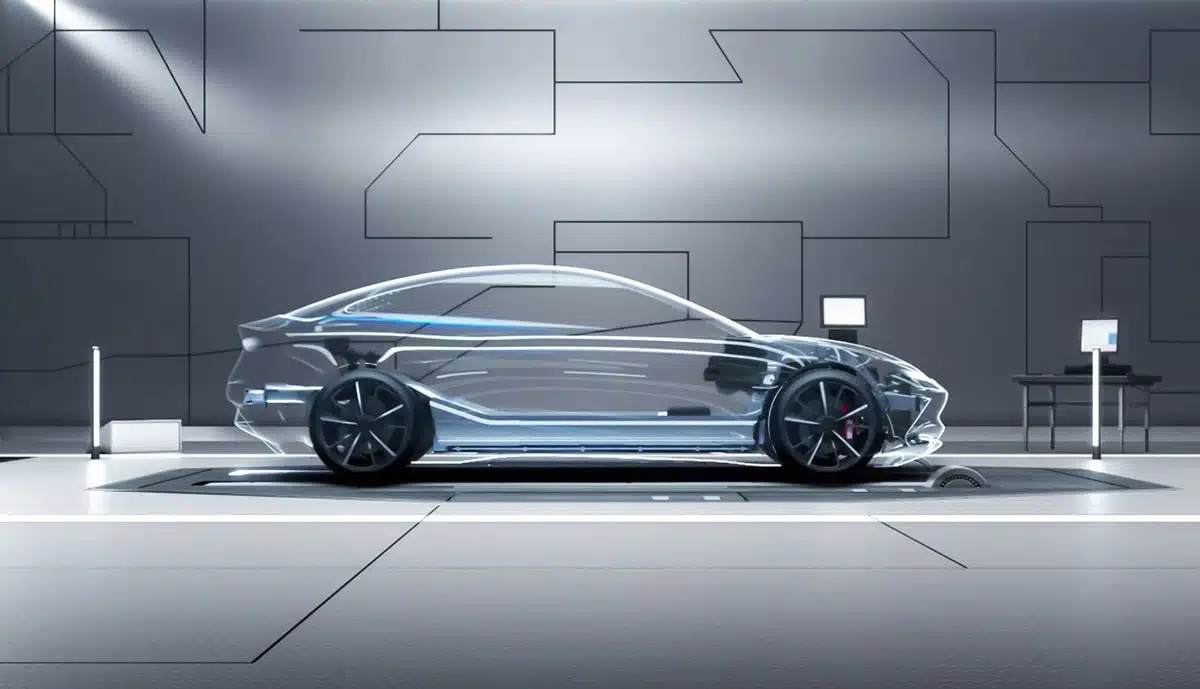
CATL $3750 (+1.25%)the world's largest battery manufacturer, is betting big on battery swapping as the next challenge in electric vehicle infrastructure, challenging the leadership position of carmaker Nio and reviving a concept once rejected by Tesla.
At a demonstration in Shanghai last week, the Ningde-based company showed how its "Choco Swap" stations can automatically swap out a dead battery in 70 to 80 seconds, with official specifications calling for a 99.99% success rate.
In contrast, a battery change on Nio's latest fourth-generation stations usually takes around three minutes.
With pilot trials of the fifth-generation stations due to begin in December, the company is expected to further reduce swap times, continuing the trend seen with each new generation.
CATL's strategy is based on standardized, universal battery packs that are suitable for different brands and vehicle classes.
The first two product families, launched last December, include 42 kWh and 56 kWh lithium iron phosphate (LFP) packs and 52 kWh and 70 kWh nickel cobalt manganese (NCM) packs with a range of 400 to 600 km.
The batteries are modular and can be rented, exchanged or upgraded so that car buyers can purchase a vehicle without a battery, reducing the purchase costs by up to a third.
The stations store 14 batteries depending on the configuration and are compatible with vehicles with a wheelbase of 2.55 m to 3.10 m - from compact saloons to larger mid-size cars.
In future generations, CATL is aiming to store 30 batteries in each station.
Each system also integrates charging functions and is designed to enable battery-to-grid services, so that energy can be stored and redistributed at times of low demand.
CATL has already installed more than 500 exchange stations in 34 Chinese cities, 105 of which were installed in August alone.
The company is targeting 1,000 stations by the end of this year, another 2,500 in 2026 and more than 2,000 new stations in 2027, covering more than 100 cities.
By comparison, Nio opened its first station at the beginning of 2018 and has since built around 3,500 stations in seven and a half years.
The battery manufacturer is aiming for a network so dense that a station is available every 3 to 5 km in urban areas, with each station able to handle 500 to 700 changes per day once private vehicles are added to the current taxi-focused operations.
The roll-out was deliberately fast. CATL says it can select, approve and build a new station within a month, although the process is expected to take longer in overseas markets - particularly in Europe.
Unlike Nio $9866 (-0.89%)which initially built a network around its own vehicles, CATL is working with multiple car manufacturers from the outset to ensure wider compatibility.
The first Choco Swap-enabled models are expected to hit the market from 2025, including the Aion S sedan from GAC, the E-QM5 from Hongqi and the Roewe D7 from SAIC.
Further vehicles from BAIC, Chang'an, Wuling and SAIC's Rising brand are expected from 2026.
Nio, which pioneered this technology in China, operates more than 3,500 exchange stations in its home market and 61 in Europe, mainly in Germany and Norway.
The fifth-generation stations, scheduled to go into operation in 2026, will increase storage capacity beyond the current 23 batteries per site, a spokesperson for the EV battery swap division said.
However, expansion in Europe has slowed: earlier this year, Nio Power's team on the continent was reduced to just five employees, delaying further rollout.
The company has deepened its relationship with CATL, agreeing to a 2.5 billion yuan (US$345 million) investment in Nio Power from the battery company in March.
The two companies are also supporting Weilan, a battery start-up whose share capital tripled in May, as part of a joint research and development initiative.
CATL has said it will eventually launch the system in Europe, but executives said last week that the focus remains on China for now as there are "many challenges" overseas.
Vice president Jiang Li told the Financial Times earlier this year that the business model could be "copied" overseas once the domestic rollout is mature.
The company's relationships with Ford $F (+0.09%), Tesla $TSLA (+3.43%), BMW $BMW (-1.68%), Volkswagen $VOW (-0.18%) and Stellantis - all current customers of CATL batteries - could pave the way.
Stellantis $STLAM (+1.23%)which is building a €4.1 billion battery factory in Spain in partnership with CATL, has already started testing Fiat 500e vehicles with swappable batteries in Madrid through its Free2move mobility service, using technology from Californian start-up Ample.
For CATL, battery swapping offers both a hedge against slowing growth in demand for EV batteries and an opportunity to enter the consumer-facing infrastructure.


